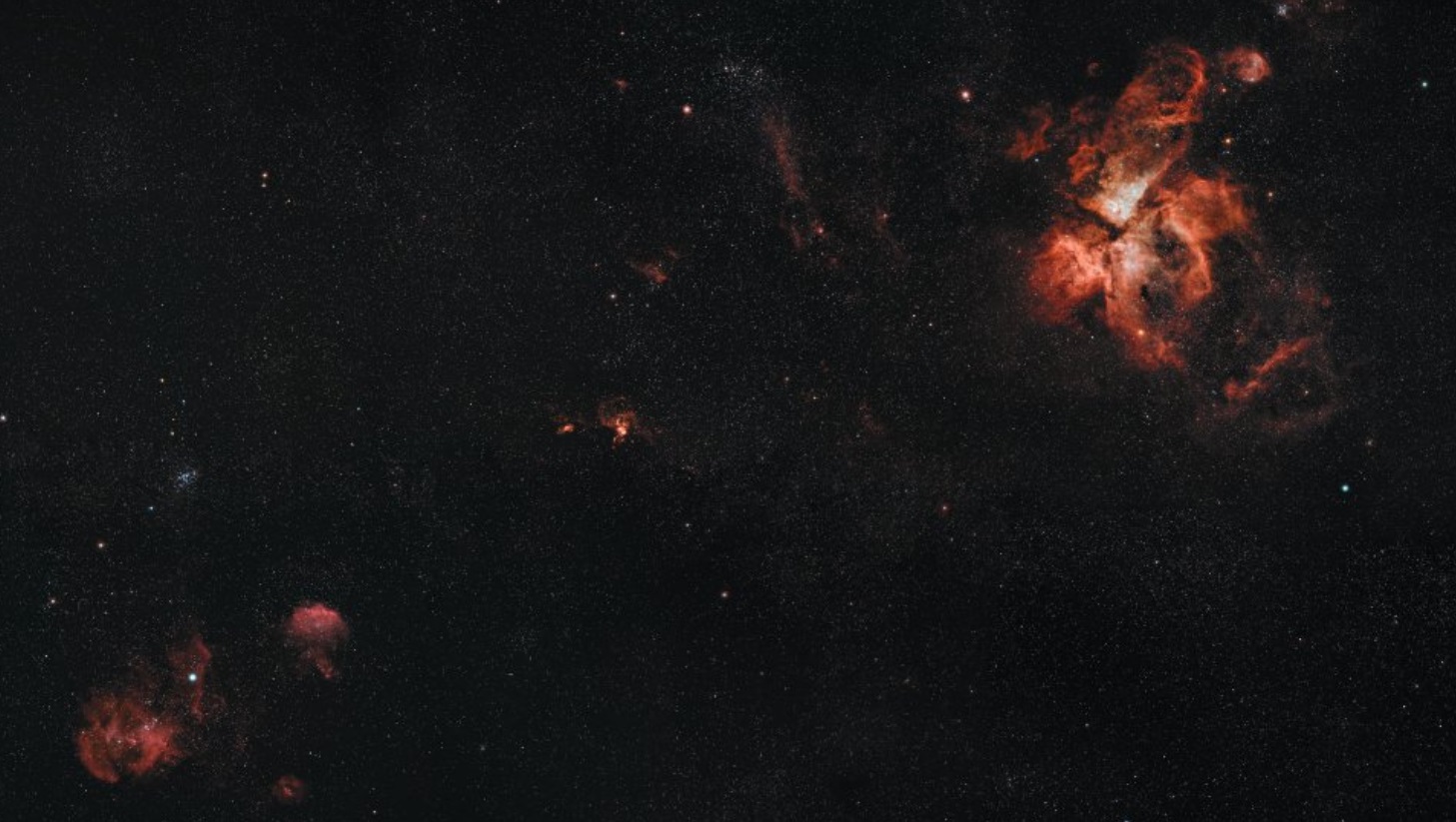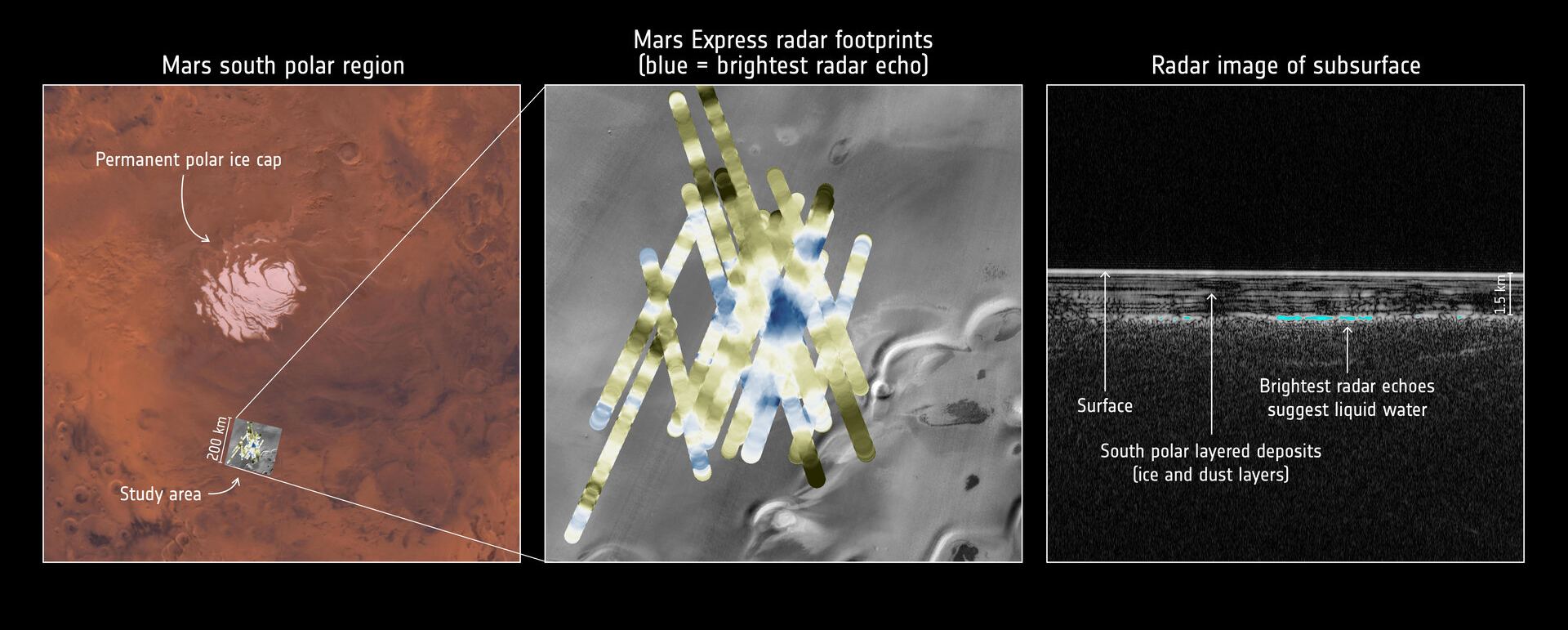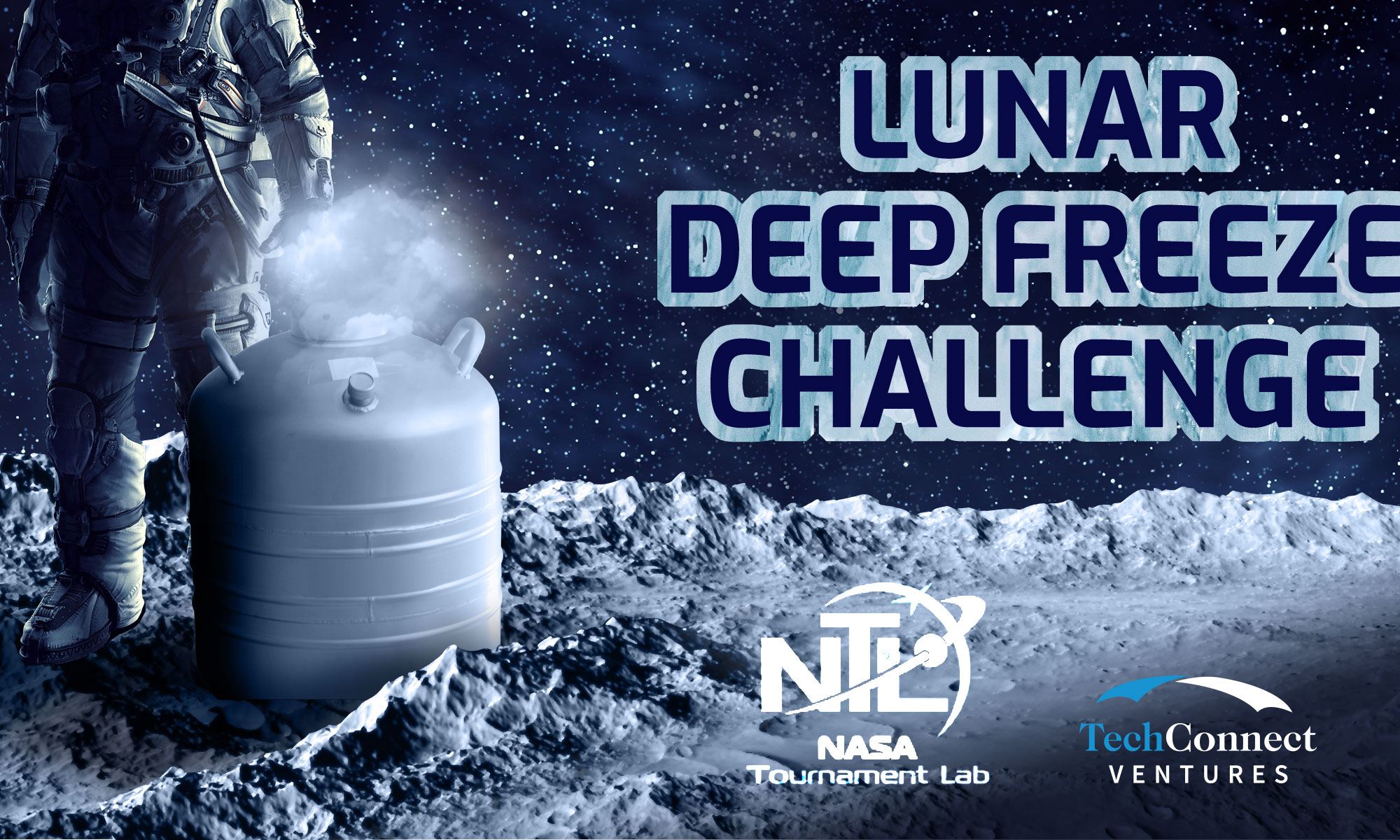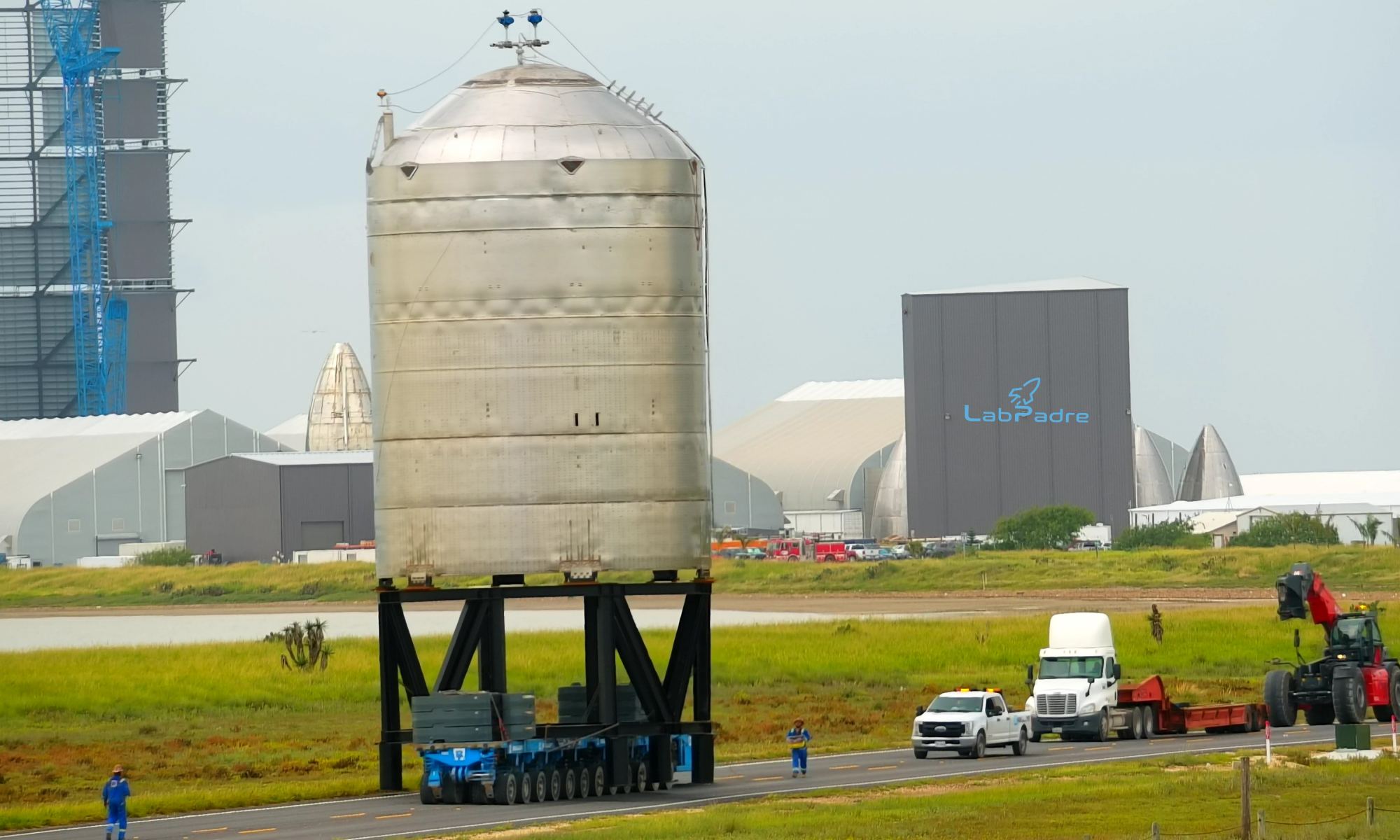In the coming decades, multiple space agencies plan to return astronauts to the Moon (or to send them there for the first time) and mount the first crewed missions to Mars. Between that and the explosive growth we are seeing in Low Earth Orbit (LEO), there is no doubt that we live in an era of renewed space exploration. It’s therefore understandable that old and new concepts for interstellar travel are also being considered these days.
Right now, a considerable focus is on light sails that generate their own propulsion by radiation pressure or are accelerated by lasers. These concepts present all kinds of technical and engineering challenges. Luckily, Coryn Bailer-Jones of the Max Planck Institute for Astronomy (MPIA) recently conducted a study where he argues for a “Sun Diver” light sail that will pick up all the speed it needs by diving close to the Sun.
Continue reading “Want the Fastest Solar Sail? Drop it Into the Sun First”









